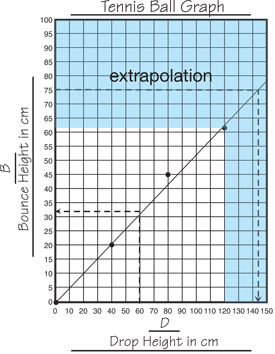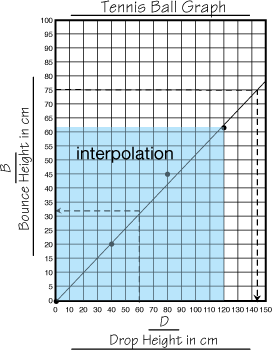Students roll cars down ramps to investigate the relationship between the height of the ramp and the distance a car travels after it has left the ramp. This lab provides a context for students to use decimals and to measure length in meters.
Content in this Lesson
- Measuring length to the nearest hundredth of a meter [E4].
- Naming variables (manipulated, responding, and fixed) in an investigation [E1].
- Making a point graph using ordered pairs with decimal values [E2].
- Making predictions and generalizations from line graphs involving decimal values [E3].
- Comparing and ordering decimals [E8].
- Finding the median and mean of a data set.
Assessment in this Lesson
| Assessment | Expectation Assessed | Math Practices Expectation Assessed |
|---|---|---|
|
Downhill Racer |
|
|
|
Downhill Racer |
|
|
|
Roberto's Data |
|
|




















